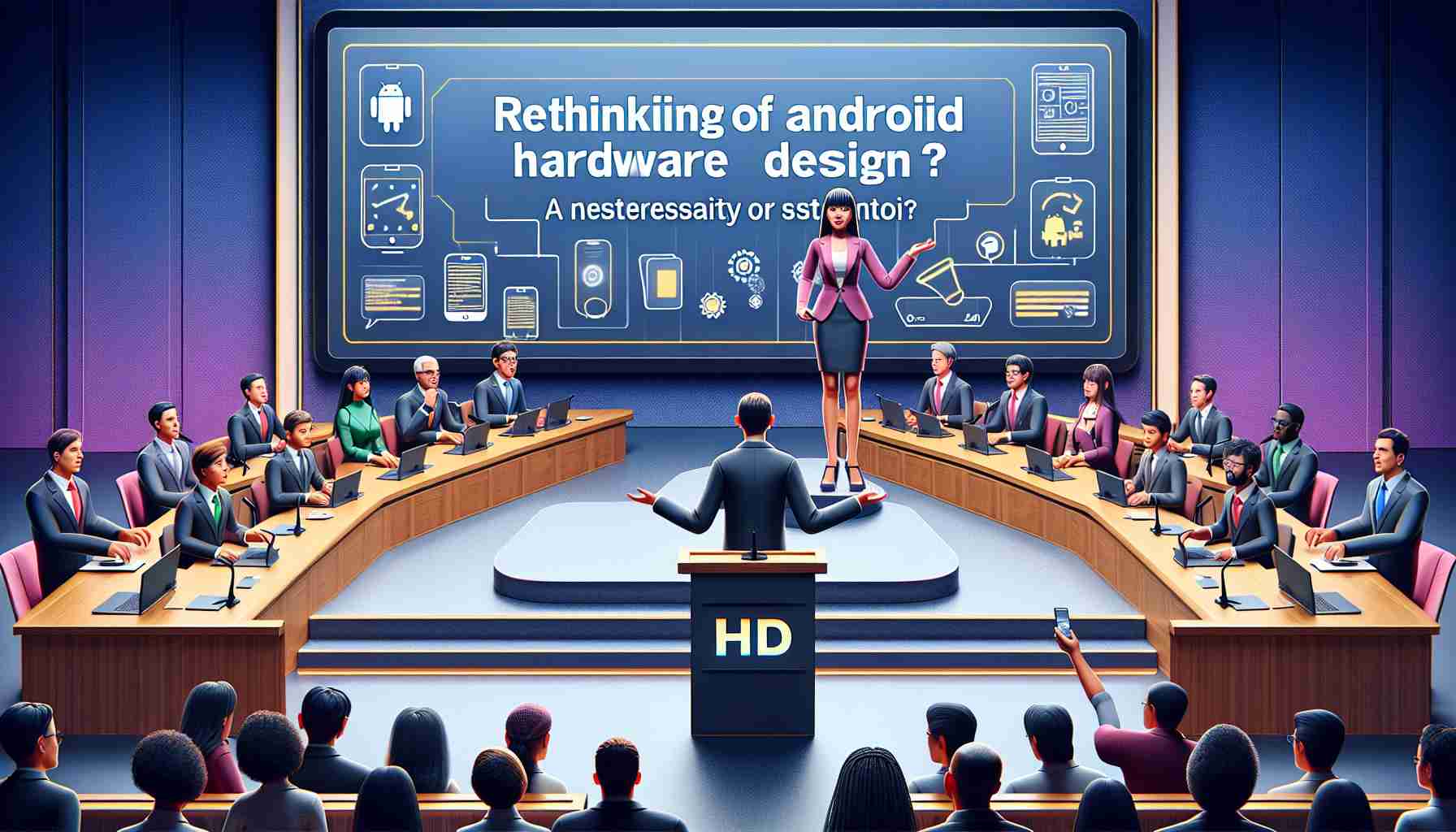Android smartphone manufacturers have often been accused of following Apple’s footsteps by sticking to iterative design updates rather than pushing the boundaries of innovation. The similarities between flagship devices like the Samsung Galaxy S24 and the OnePlus 12 to their predecessors are hard to ignore. However, before dismissing these design choices as unoriginal, it is crucial to delve deeper into the reasoning behind them.
One compelling argument for this trend is the establishment of a definitive brand identity. Take the Samsung S-Ultra phones, for instance. The rectangular design and distinctive camera bumps are instantly recognizable, making it evident that the device is a Samsung, regardless of the model. Similarly, Google’s Pixel phones are easily identifiable by their rear camera visors. Apple’s success in creating a strong brand identity through consistent design choices is undeniable, providing a compelling reason for Android manufacturers to follow suit.
Functionality also plays a significant role in the decision to stick with familiar designs. Consider Google’s Pixel line, which incorporates a camera window design optimized for hardware features without compromising the device’s slimness. Similarly, Nothing Phone series utilizes the Glyph Interface, a hardware feature that efficiently handles notifications through LED lights. These design choices are both practical and functional, leaving little room for dramatic makeovers.
Admittedly, there have been exceptions to the iterative design approach. The Galaxy S8 and S9, for example, featured slim bezels that were later replaced by hole-punch displays in the Galaxy S10 series. These exceptions demonstrate the capacity of hardware designers and engineers to introduce innovative products without abandoning familiar aesthetics.
In the end, the debate surrounding Android hardware design is subjective. While some users may grow tired of the predictable nature of yearly releases, it is essential to acknowledge the successful brand identities and functional benefits that come along with these familiar designs. However, it is worth noting that the world of technology is constantly evolving, and breakthrough products may still surprise us in the near future.
FAQ:
1. Why do Android smartphone manufacturers often stick to iterative design updates?
Android smartphone manufacturers often stick to iterative design updates to establish a definitive brand identity and to ensure functionality without compromising the device’s slimness.
2. How does consistent design choices help create a strong brand identity?
Consistent design choices help create a strong brand identity by making the devices easily identifiable. For example, Samsung’s rectangular design and distinctive camera bumps, or Google’s rear camera visors make it evident that the device belongs to a particular brand.
3. What role does functionality play in sticking with familiar designs?
Functionality plays a significant role in sticking with familiar designs as it allows for efficient hardware features and practical design choices. For example, Google’s camera window design optimizes hardware features without compromising the device’s slimness, and Nothing Phone series utilizes the Glyph Interface for efficient handling of notifications.
4. Have there been exceptions to the iterative design approach in Android smartphones?
Yes, there have been exceptions to the iterative design approach, such as the Galaxy S8 and S9 featuring slim bezels that were later replaced by hole-punch displays in the Galaxy S10 series. These exceptions demonstrate the capacity of hardware designers and engineers to introduce innovative products without abandoning familiar aesthetics.
5. Is the debate surrounding Android hardware design subjective?
Yes, the debate surrounding Android hardware design is subjective. While some users may find the predictable nature of yearly releases tiring, it is important to acknowledge the successful brand identities and functional benefits that come along with familiar designs.
Definitions:
– Brand identity: The collection of elements that a company creates to portray the right image of itself to the consumer market, including design choices and distinctive features.
– Iterative design: An approach to design that involves making incremental changes and improvements to existing designs, rather than creating entirely new designs.
– Hardware features: Physical components and capabilities of a device.
– Aesthetics: The visual appeal and design of something, especially with regard to its artistic qualities.
Suggested related links:
– Samsung
– OnePlus
– Google Pixel phones
– Apple
The source of the article is from the blog enp.gr
